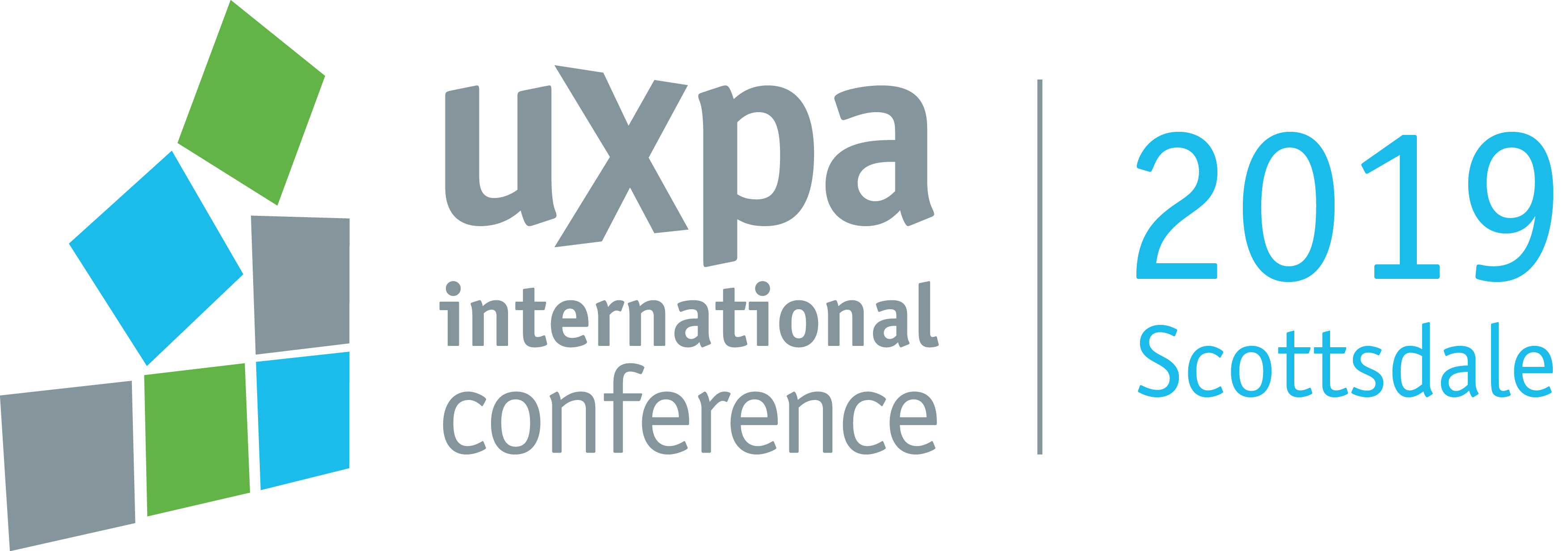

| This presentation will contrast the methodological differences between formative and summative approaches for usability testing medical devices with representative users. Highly regulated, safety critical products such as medical devices present some unique challenges in usability testing. The whole process is strongly influenced by the need for product designers and manufacturers to comply with the human factors, and now user experience (UX), guidance stipulated by regulatory agencies, in this case the U.S. Food & Drug Administration (FDA).
While it is possible to conduct medical device testing in a way that takes advantage of current trends towards agile design and development processes, and lean UX, there is no avoiding the need to document a program of usability engineering, and in particular usability testing, in sufficient detail to pass muster with FDA pre-market approval processes, which are aimed at empirically demonstrating that the product can be used by representative users in a safe and effective manner. This presentation will offer practical guidance in the UX engineering of medical devices with an emphasis on contrasting the objectives, methods, and documentation involved in formative versus summative usability testing. We will cite relevant FDA guidance, review some frequently used software tools, and show examples of typical deliverables. While our perspective is that of a consulting firm providing UX engineering services to medical device manufacturers, the material covered and guidance offered should be equally relevant to in-house UX teams. We will encourage the audience to raise corresponding points based on their own experience. |